Colon Hydrotherapy Device Manufacturer
History of Colon Hydrotherapy Machines: From Ancient Cleansing to Modern Devices
September 24, 2025



The evolution of colon cleansing technology through the ages
Ancient Roots of Colon Cleansing Techniques
Long before modern Colon Hydrotherapy Machines existed, ancient civilizations recognized the importance of intestinal cleansing. Historical records show that early methods were surprisingly sophisticated for their time, laying the groundwork for today’s advanced systems.
Egyptian and Greek Pioneering Methods
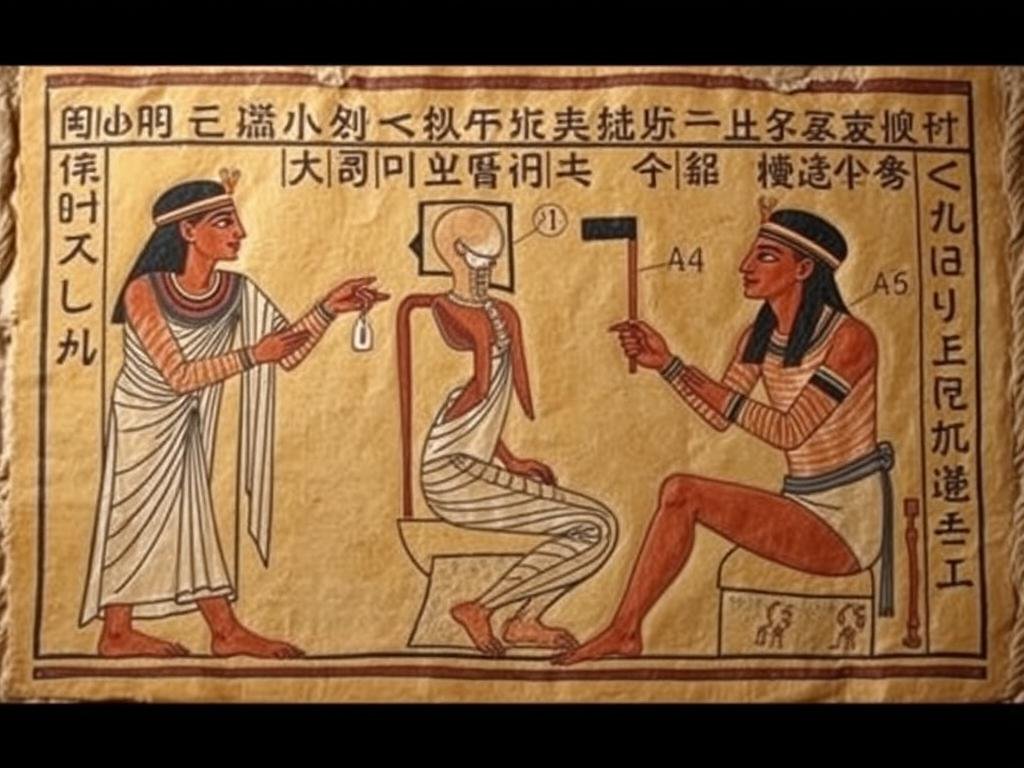
Egyptian hieroglyphics depicting early colon cleansing procedures
The earliest documented colon cleansing procedures date back to ancient Egypt around 1500 BCE. The Ebers Papyrus describes how Egyptian physicians used hollow reeds and primitive pumps filled with herbal solutions to perform what we now recognize as enemas. These procedures were considered so important that dedicated specialists called “Guardians of the Anus” held esteemed positions in royal courts.
Greek physicians further developed these techniques around 400 BCE. Hippocrates, the father of modern medicine, documented various cleansing methods using specialized equipment called κλυστήρ (klystir), which consisted of animal bladders attached to wooden pipes. These early devices represent the first systematic approach to what would eventually evolve into modern hydrotherapy.
Traditional Asian Cleansing Systems
Parallel developments occurred in ancient China and India, where cleansing the large intestine was integrated into holistic health systems. Chinese medicine incorporated bamboo tubes and pressure-controlled water vessels as early as the 2nd century CE. These devices used gravity and carefully regulated water temperature to achieve gentle cleansing effects.
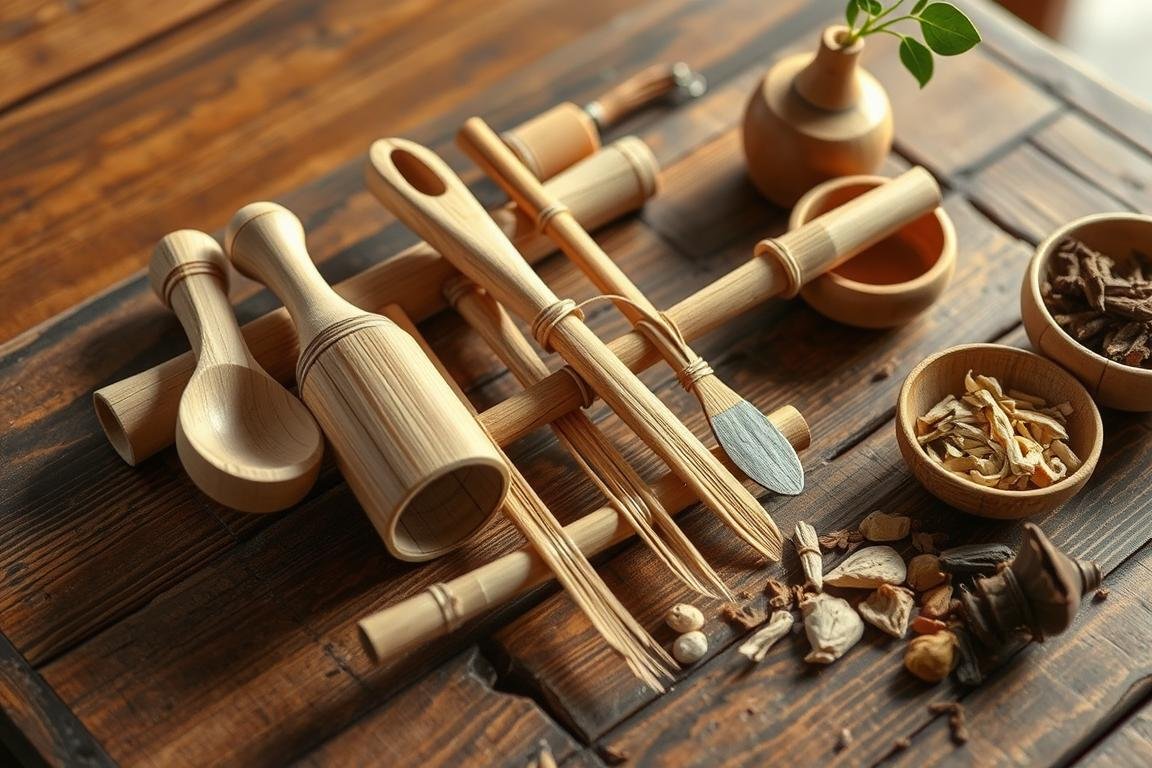
Traditional bamboo instruments used in early Chinese colon cleansing practices
Discover Ancient Wellness Wisdom
Explore how ancient cleansing techniques influence modern colon hydrotherapy practices.
19th Century: Birth of Mechanical Colon Hydrotherapy Systems
The 19th century marked a significant turning point in the development of colon cleansing technology. This era saw the first truly mechanical Colon Hydrotherapy Machines emerge, setting the stage for modern devices.
Dr. John H. Kellogg’s Revolutionary Prototypes
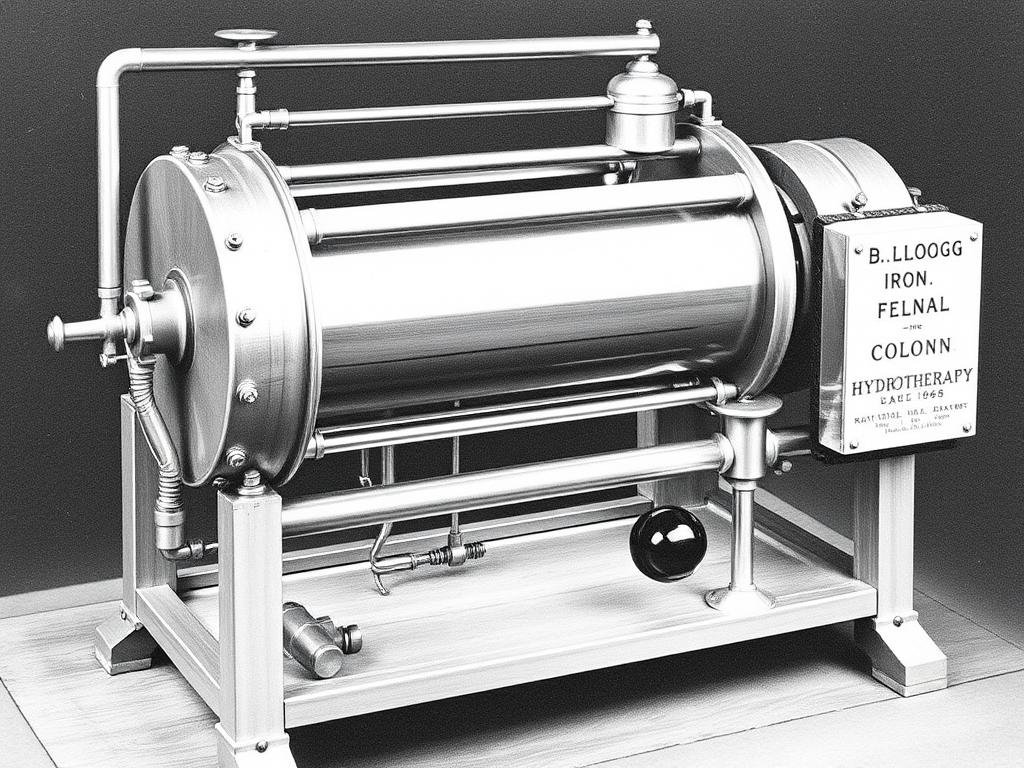
Dr. Kellogg’s 1896 galvanized iron hydrotherapy apparatus
Dr. John Harvey Kellogg, better known today for his breakfast cereals, was actually a pioneering figure in hydrotherapy. In 1896, he developed one of the first mechanical colon cleansing systems at his Battle Creek Sanitarium in Michigan. His device featured galvanized iron components, pressure regulators, and temperature controls—revolutionary features for the time.
Kellogg’s machine could deliver precise water flow at controlled temperatures, representing a massive leap forward from previous methods. His system included a specialized table and drainage mechanisms that maintained patient dignity while improving treatment efficacy. Kellogg documented treating over 40,000 patients with his hydrotherapy systems, publishing his findings in medical journals.
European Advancements in Hydrotherapy Equipment
Across the Atlantic, European physicians were making their own contributions to colon hydrotherapy technology. In Germany, Dr. Louis Kuhne developed the “friction sitz bath” system in the 1880s, which incorporated specialized nozzles and controlled water delivery mechanisms.
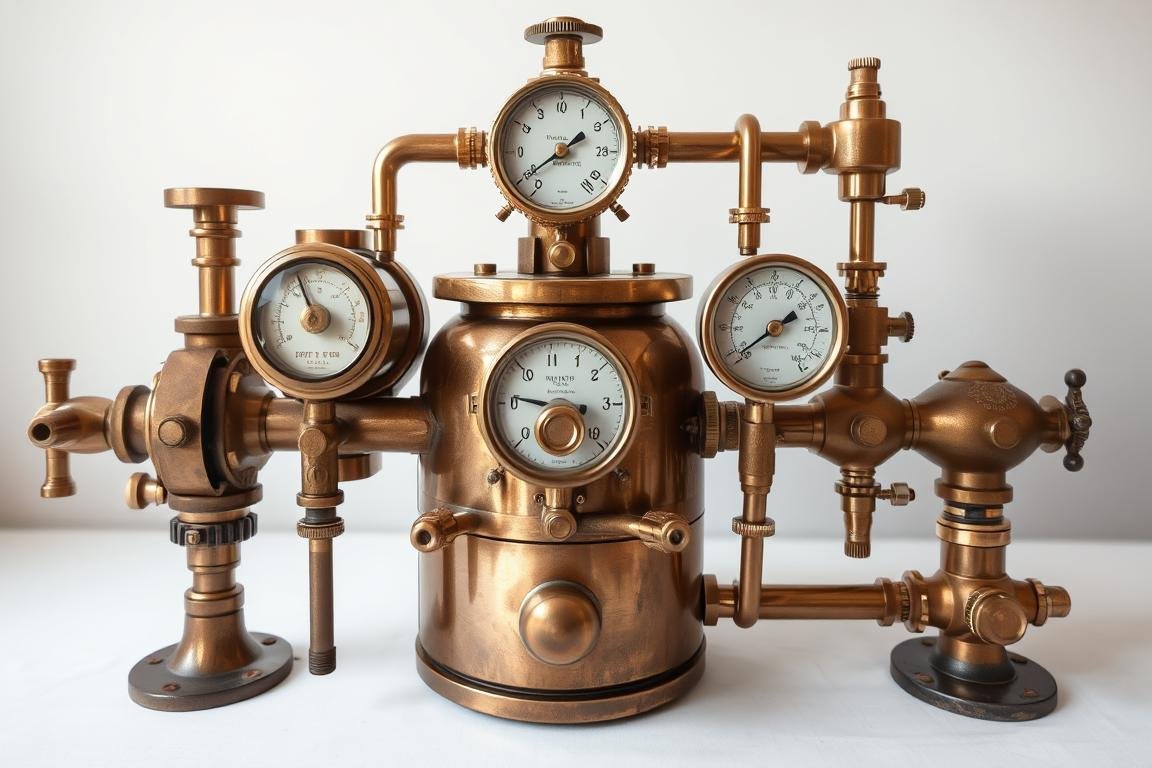
European brass and copper hydrotherapy equipment circa 1880s
French physician Charles Bouchard pioneered the concept of “auto-intoxication” in the late 19th century, theorizing that intestinal toxins could poison the body. This theory drove significant innovation in cleansing equipment, including the development of more sophisticated pressure-control mechanisms and specialized nozzles designed to reach different sections of the colon.
Key 19th Century Innovations
- Temperature-controlled water flow systems
- Pressure regulation mechanisms
- Specialized treatment tables with drainage
- Improved speculum designs for comfort
- Sterilization capabilities
Medical Applications
- Treatment of chronic constipation
- Management of digestive disorders
- Pre-surgical bowel preparation
- Detoxification therapies
- Fever reduction treatments
20th Century Technological Leaps in Colon Hydrotherapy
The 20th century witnessed remarkable advancements in Colon Hydrotherapy Machines, transforming them from basic mechanical devices to sophisticated medical equipment with safety features and precise controls.
The Closed-System Revolution
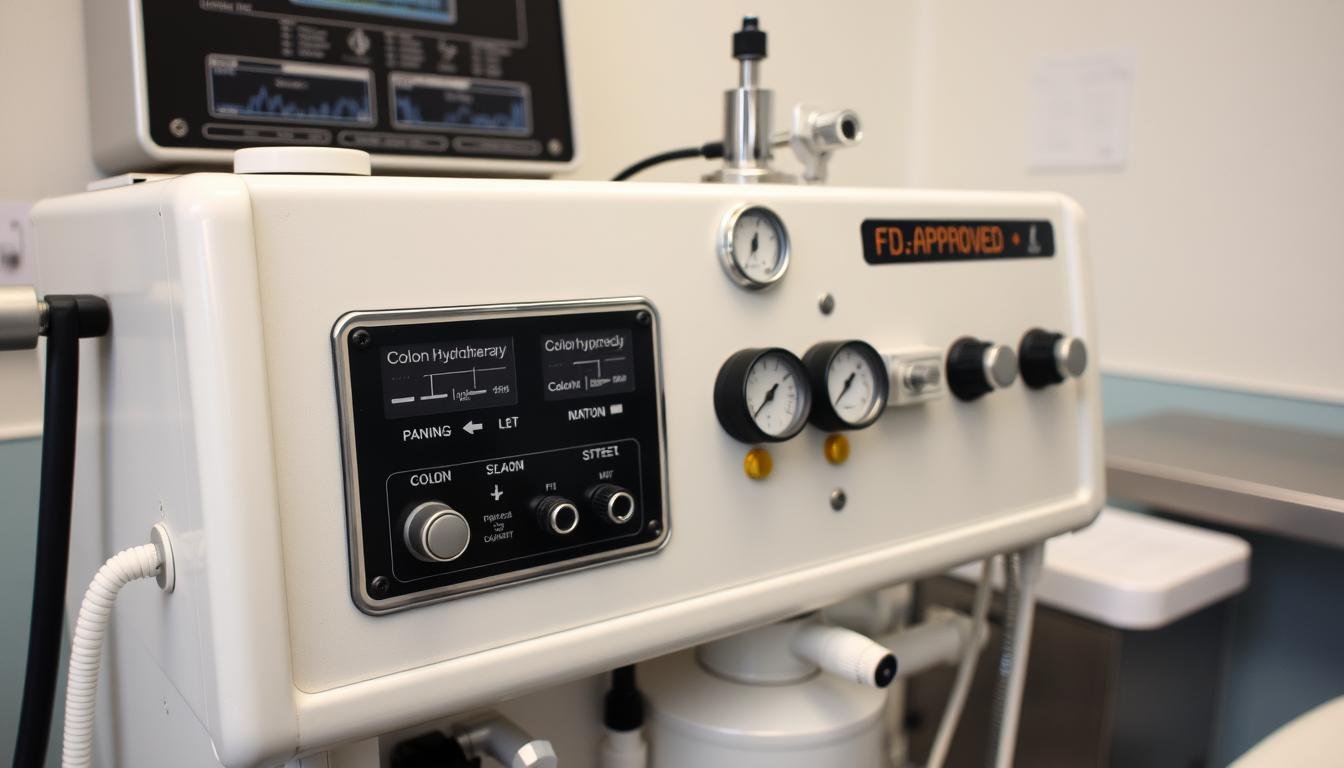
1970s FDA-approved closed-system with advanced pressure controls
Perhaps the most significant advancement in colon hydrotherapy technology came in the 1950s-1970s with the development of closed systems. These revolutionary machines addressed the primary concerns of earlier open systems: sanitation and dignity. Closed-system devices featured disposable components, controlled water flow, and waste management systems that eliminated exposure and odor.
The 1970s saw the first FDA-approved colon hydrotherapy machines enter the market. These devices incorporated precise pressure controls, temperature regulation, and safety mechanisms that prevented backflow contamination. The Herrmann Hydromat, introduced in Europe during this period, became one of the most influential designs, establishing standards that continue to influence modern equipment.
Integration of Electronic Controls and Safety Features
By the 1980s, electronic controls began replacing mechanical systems in colon hydrotherapy machines. Digital temperature displays, programmable pressure settings, and automated timing functions improved both safety and treatment consistency. These advancements allowed therapists to customize treatments with unprecedented precision.
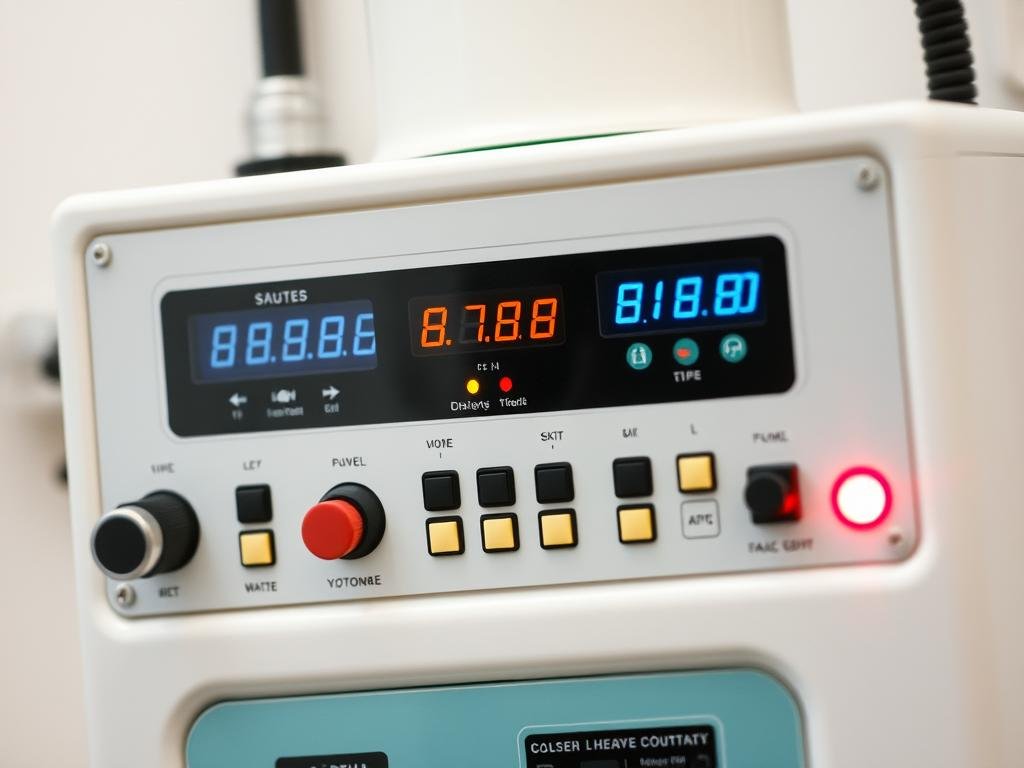
1980s electronic control panel showing digital temperature and pressure displays
Safety innovations became a central focus during this era. Backflow prevention valves, emergency shut-off systems, and disposable components significantly reduced infection risks. The introduction of triple-filtered water systems further enhanced safety profiles, making treatments more hygienic than ever before.
| Decade | Key Innovation | Impact on Treatment | Safety Improvement |
| 1950s | Initial closed systems | Improved dignity and comfort | Reduced contamination risk |
| 1960s | Disposable components | Faster setup and cleanup | Eliminated cross-contamination |
| 1970s | FDA-approved designs | Standardized protocols | Regulatory oversight |
| 1980s | Electronic controls | Precision and customization | Automated safety shutoffs |
| 1990s | Triple-filtered water | Enhanced cleansing efficacy | Eliminated water contaminants |
Explore 20th Century Technology
Discover how these technological innovations transformed colon hydrotherapy practice.
Modern Colon Hydrotherapy Machines and Future Innovations
Today’s Colon Hydrotherapy Machines represent the culmination of centuries of innovation. These sophisticated devices combine advanced technology with user-friendly interfaces to deliver safe, effective treatments with unprecedented precision.
Current State-of-the-Art Systems
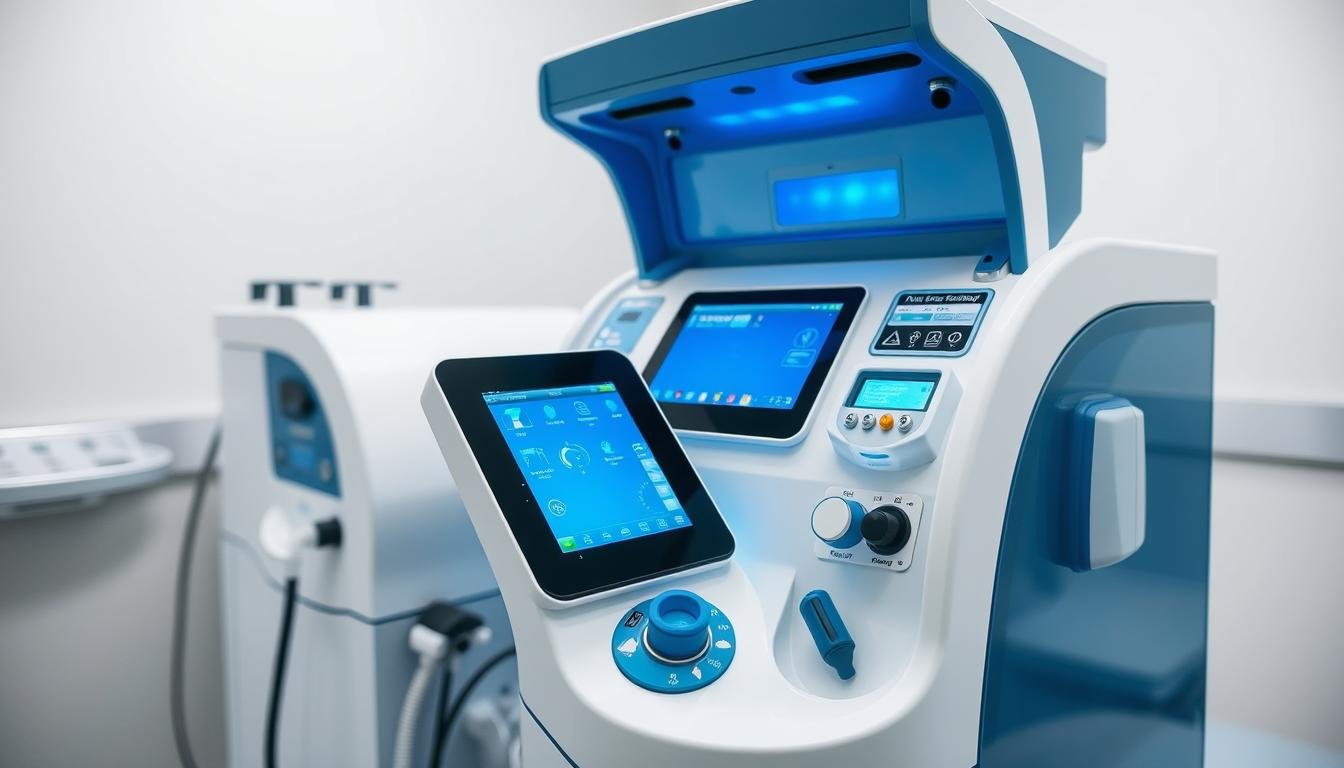
State-of-the-art computerized system with touchscreen interface
Modern colon hydrotherapy machines feature computerized controls, touchscreen interfaces, and comprehensive monitoring systems. The Herrmann Hydromat Standard and Comfort models exemplify current technology, offering precise temperature pre-selection, controlled water flow, and programmable electronic timers. These closed systems maintain patient dignity while providing effective cleansing of the entire colon.
Today’s equipment emphasizes both safety and efficacy. Self-cleaning capabilities with locked-in disinfection systems ensure proper sterilization between uses. Automatic temperature regulation maintains consistent comfort, while over-range pressure regulation prevents any risk of injury. Illuminated view tubes allow therapists to monitor the process with unprecedented clarity.
Key Features of Modern Systems
- Computerized control interfaces
- Precision temperature regulation (±0.5°C)
- Automatic pressure safety controls
- Self-cleaning disinfection cycles
- Disposable single-use components
- Ultra-filtered water systems
- Ergonomic design for patient comfort
Types of Modern Systems
- Closed System (Pressure/Machine)
- Closed System (Gravity-Fed)
- Open System (Angel of Water)
- Portable Home Systems
- Professional Clinical Units
- Combination Therapy Systems
- Mobile Treatment Units
Emerging Technologies and Future Directions
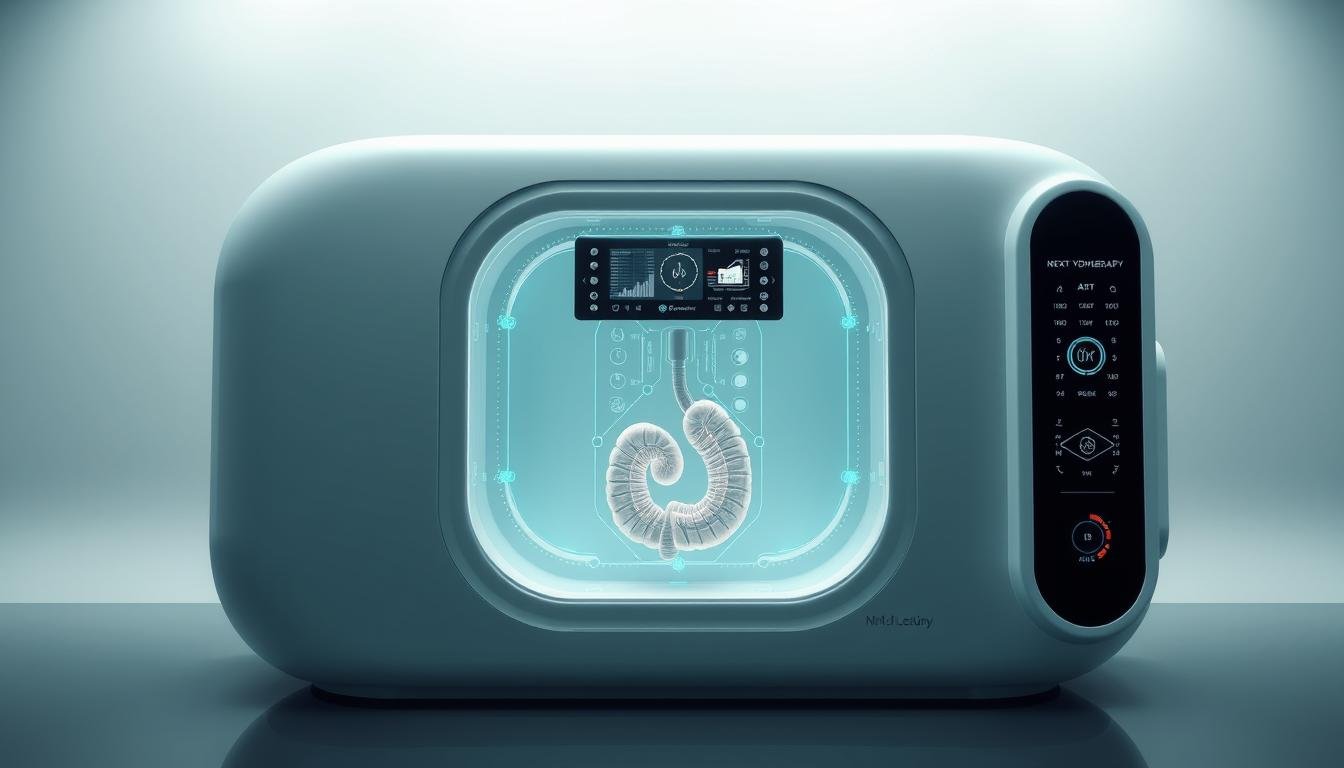
Concept design of next-generation system with AI and biometric integration
The future of colon hydrotherapy technology looks promising, with several innovations on the horizon. AI-powered systems are being developed to customize treatments based on individual patient data. These smart machines can adjust pressure, temperature, and flow in real-time response to biometric feedback.
Biometric sensors represent another frontier in hydrotherapy innovation. These devices can monitor vital signs, muscle tension, and even analyze waste output to provide comprehensive health insights. When combined with electronic health record integration, these systems could offer unprecedented personalization and treatment tracking.
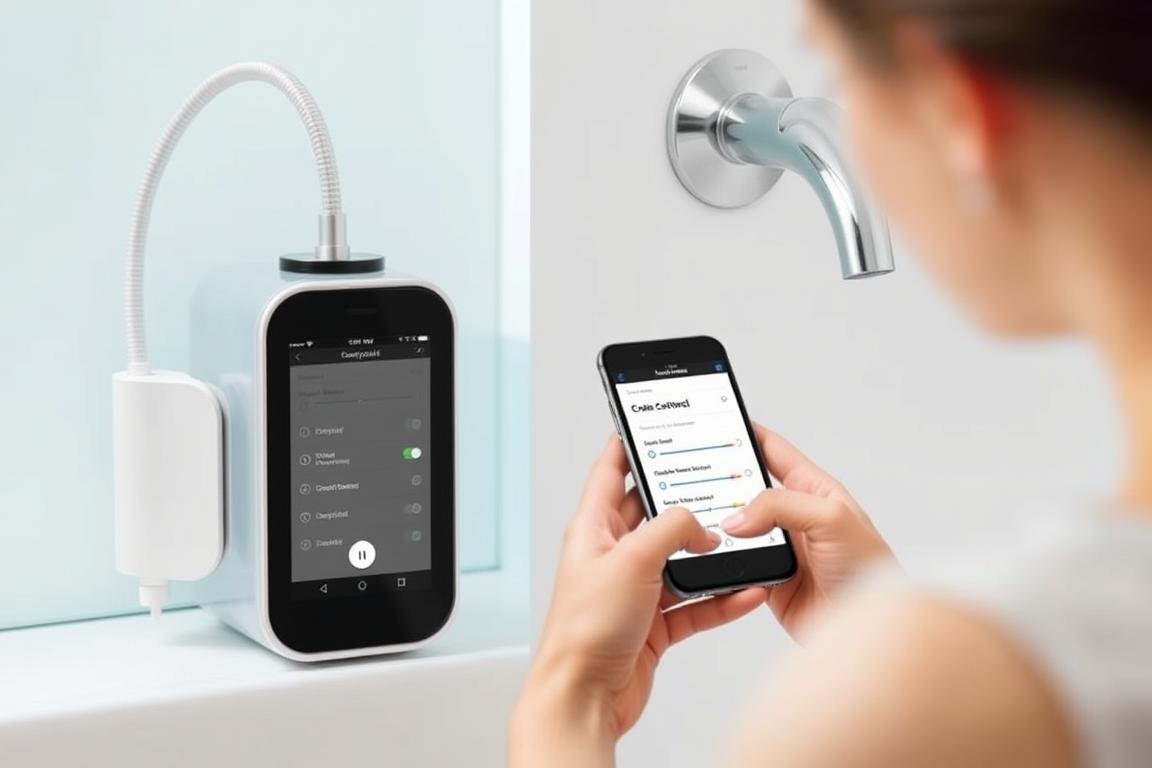
New-generation portable system with smartphone control interface
Home systems are also evolving rapidly. The latest portable devices offer simplified controls, compact designs, and even smartphone connectivity. While not as powerful as professional equipment, these systems make regular maintenance cleansing more accessible to individuals with chronic digestive issues.
Explore Modern Equipment Options
Discover the latest colon hydrotherapy technology and find the right system for your needs.
FAQs About Colon Hydrotherapy Machine Evolution
How have safety features in colon hydrotherapy machines improved over time?
Safety features have evolved dramatically from basic mechanical controls to sophisticated electronic systems. Modern Colon Hydrotherapy Machines incorporate multiple safety mechanisms including backflow prevention valves, automatic pressure regulation, temperature controls with fail-safes, disposable components to prevent cross-contamination, and self-cleaning disinfection cycles. These advancements have significantly reduced risks associated with the procedure while improving overall efficacy and patient comfort.
What’s the difference between open and closed colon hydrotherapy systems?
The primary difference lies in how waste is managed during the procedure. Closed systems, which became popular in the 1950s-1970s, contain waste within sealed tubing that connects directly to drainage systems, preventing exposure and odor. The therapist controls water flow and temperature throughout the session. Open systems (like the Angel of Water) allow patients to release waste directly into a basin or toilet, offering more independence but potentially less precision in treatment. Most modern professional settings prefer closed systems for their improved hygiene and treatment control.
Are home colon hydrotherapy machines as effective as professional equipment?
Home systems have improved significantly but still don’t match the capabilities of professional equipment. Professional Colon Hydrotherapy Machines offer higher water pressure, more precise temperature control, better filtration systems, and are operated by trained therapists who can customize the treatment. Home systems are typically simpler, with lower pressure and fewer features. While convenient for maintenance between professional sessions, home equipment is generally considered complementary rather than a replacement for professional treatments, especially for individuals with specific health concerns.
How has water filtration in colon hydrotherapy machines evolved?
Water filtration has progressed from basic mechanical filters to sophisticated multi-stage purification systems. Early machines used simple carbon filters, while today’s professional equipment typically features triple-filtration systems that remove sediment, chemicals (including chlorine), and microorganisms. Some advanced systems incorporate UV sterilization, reverse osmosis, or activated carbon filtration. This evolution has significantly improved treatment safety by eliminating potential irritants and contaminants that could affect sensitive intestinal tissue.
The Continuing Evolution of Intestinal Cleansing Technology
From ancient reed tubes to computerized systems, the evolution of colon hydrotherapy machines reflects humanity’s enduring interest in intestinal health. Each technological advancement has improved safety, efficacy, and patient comfort while maintaining the core therapeutic principle: gentle cleansing of the large intestine with filtered water.
As we look to the future, emerging technologies promise even greater personalization and integration with holistic health approaches. Whether used in professional settings or at home, modern colon hydrotherapy equipment continues a therapeutic tradition that spans millennia while incorporating the best of contemporary medical innovation.
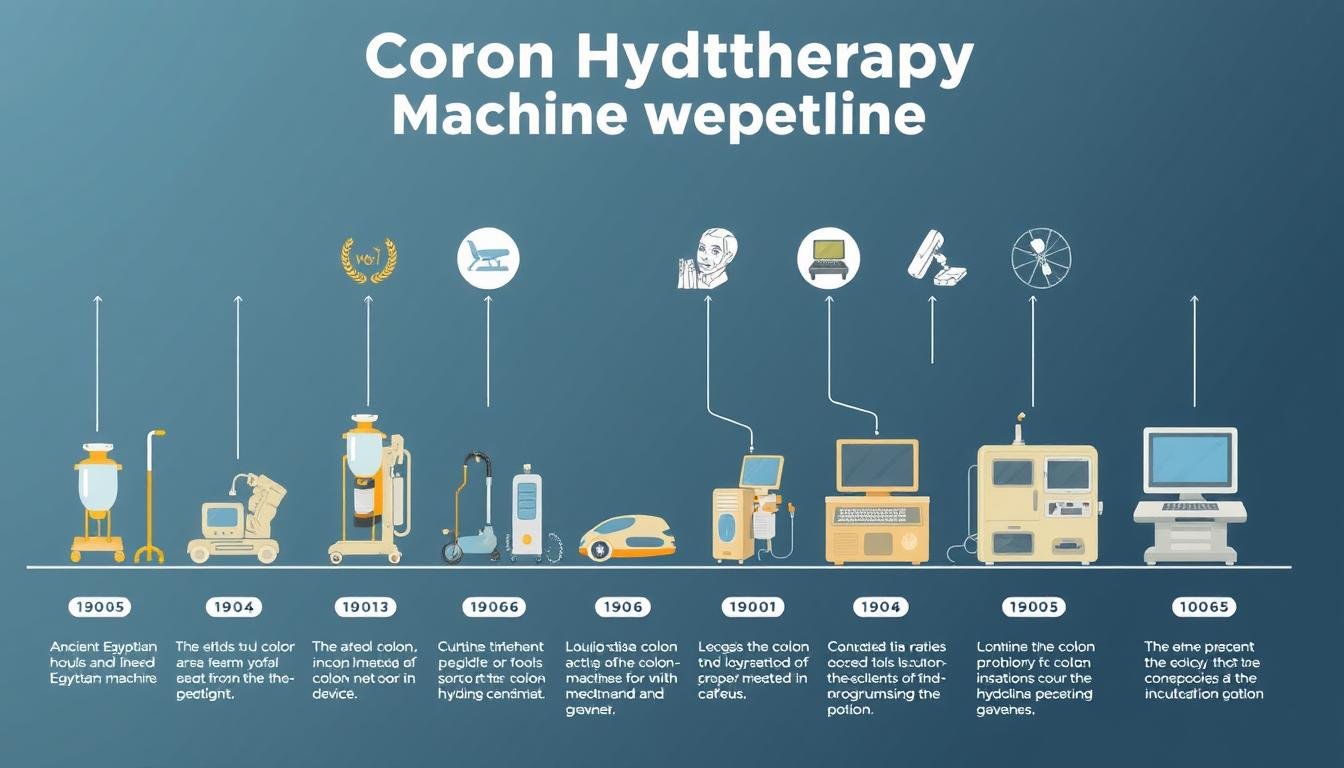
The remarkable journey of colon cleansing technology through history
Discover the Right Colon Hydrotherapy Solution
Whether you’re a healthcare professional or an individual seeking treatment options, our specialists can help you navigate the latest technology.
Contact us By WhatsApp:

